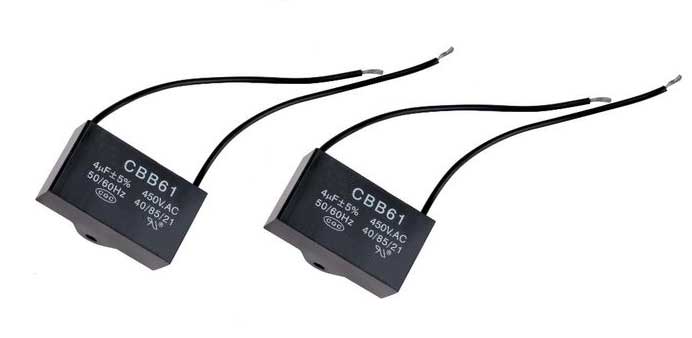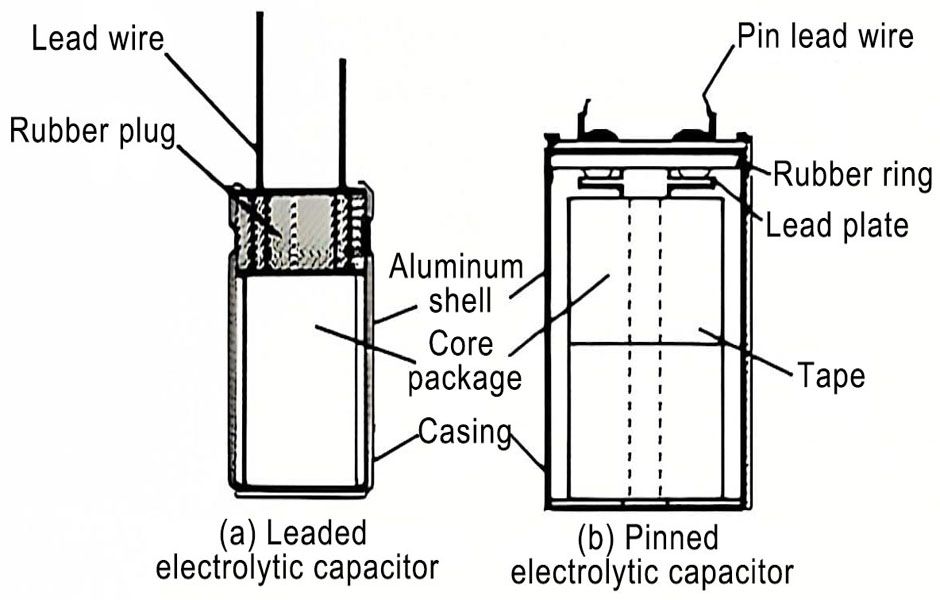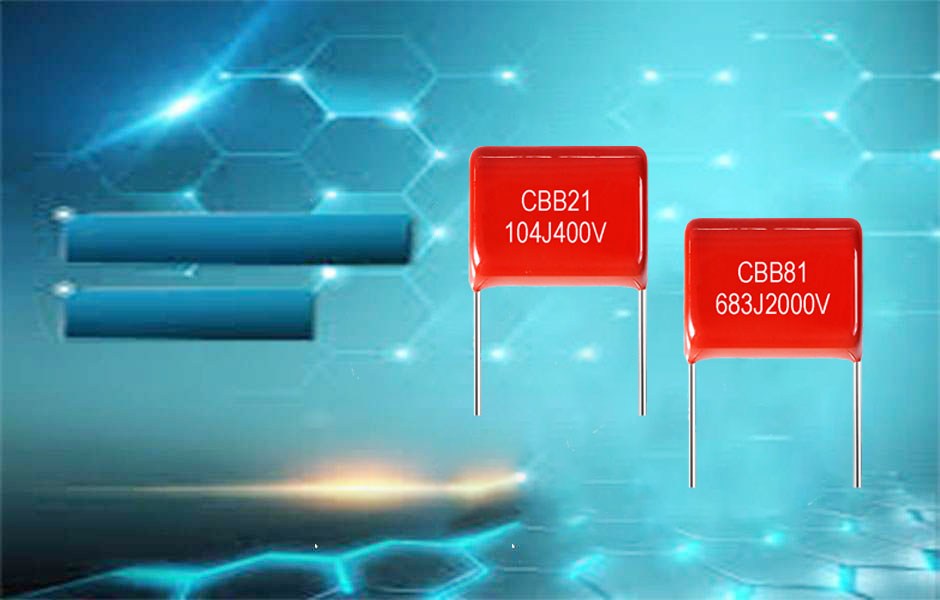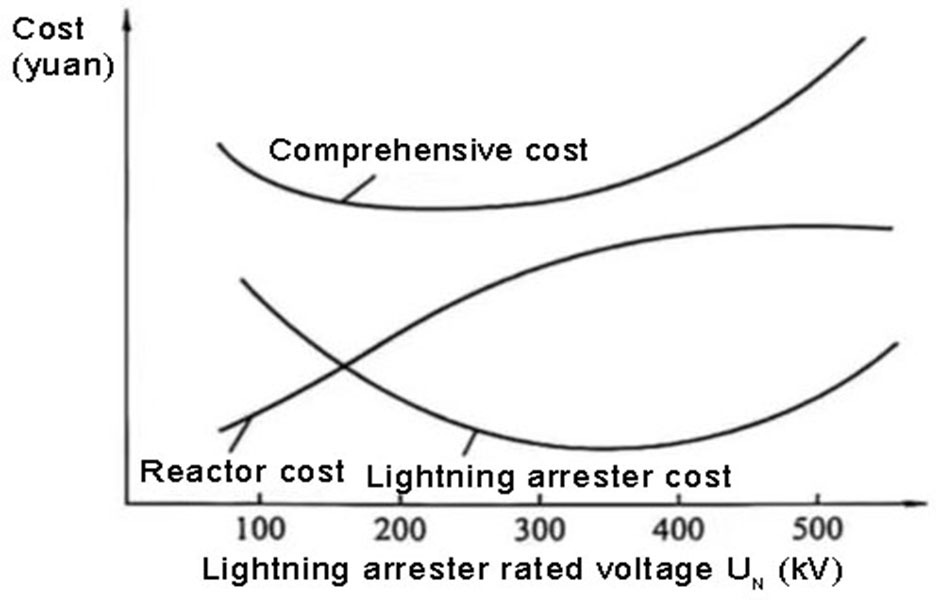The role of starting capacitor
Simply put, the capacitor is used to generate a phase difference, and the motor magnetic field is “asynchronous”, and the motor rotates.
A single-phase asynchronous motor is composed of a main winding (also called a running winding) and a secondary winding (also called a starting winding). The two windings differ in space by 90° in electrical angle. After the capacitor is divided into phases, the two windings are connected to alternating current with different phases, and a rotating magnetomotive force will be generated in the motor.
If only the main winding is connected to single-phase alternating current, the pulsating magnetomotive force generated in the motor can be decomposed into two rotating magnetomotive force of equal size, same speed, and opposite direction. These two magnetomotive force magnetic fields with opposite directions act together on the rotor, and the electromagnetic torque generated at rest is equal in magnitude and opposite in direction, so it cannot be started.
If the number of turns of the main winding and the auxiliary winding are equal, the space is different by 90° electrical angle, and the alternating current with a phase difference of 90° is introduced, then a circular rotating magnetic field will be generated in the motor, and the motor rotor will rotate with it under its action.
If the two windings are asymmetrical and the phase difference between the currents is not equal to 90°, the electric motor produces an elliptical rotating magnetic field, which is decomposed into a larger and a smaller circular rotating magnetic field, and their speeds are equal and opposite. , The motor rotates in the direction of rotation of the magnetic field with a larger magnetomotive force. Changing the head and tail ends of the secondary winding (or the head and tail ends of the main winding) can change the direction of the elliptical rotating magnetic field, and the motor can also be reversed. But changing the end of the two windings at the same time will not change the direction of rotation.

Single-phase motors must have two sets of windings with a space of 90° in electrical angles, and only when alternating current with a certain phase difference is applied to generate a rotating magnetic field, and the motor can start and rotate along the direction of the rotating magnetic field.
Strictly speaking, the motor cannot be distinguished by the voltage level. The so-called 220V and 380V are just our daily abbreviations. Here we should say single-phase and three-phase.
The rotation of an AC motor relies on the rotating magnetic field generated by the current. A three-phase motor flows through a three-phase current with a phase difference of 120 degrees, which can generate a rotating magnetic field. The single-phase current flowing through a single-phase motor cannot generate a rotating magnetic field. It is necessary to adopt a certain method to make it generate a rotating magnetic field. Using a capacitor is one of the methods, and the most common method is that capacitors are used to separate phases. The current in each group produces a phase difference close to 90 ゜ to generate a rotating magnetic field. In three-phase electricity, the current between every two phases has a phase difference, and there is no need to separate phases.
The capacitance induction motor has two windings, namely the start winding and the running winding. The two windings are 90 degrees apart in space. A capacitor with a larger capacity is connected in series to the starting winding. When the running winding and the starting winding pass a single AC current, the current in the starting winding is 90 degrees ahead of the current in the running winding due to the action of the capacitor, and reaches the maximum first. value. Two identical pulsed magnetic fields are formed in time and space, so that a rotating magnetic field is generated in the air gap between the stator and the rotor. Under the action of the rotating magnetic field, an induced current is generated in the motor rotor, and the current interacts with the rotating magnetic field. The electromagnetic field torque causes the motor to rotate.




